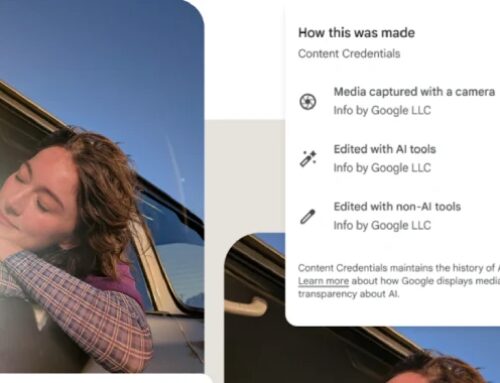As we navigate through the 21st century, the intersection of artificial intelligence (AI) and the arts has become a burgeoning field, provoking thought, innovation, and sometimes controversy. The fusion of technology and creativity is reshaping the landscape of artistic expression, presenting new opportunities, challenges, and philosophical inquiries. From visual arts to music, literature, and performance, AI is becoming an influential collaborator, pushing the boundaries of what art can be.
The New Brush: AI in Visual Arts
AI-generated art has gained significant attention, with algorithms capable of creating stunning visuals that challenge traditional notions of creativity. Neural networks like Generative Adversarial Networks (GANs) can analyze thousands of images and learn from them, producing new artworks that are often indistinguishable from those created by human hands. Notable instances include the sale of “Portrait of Edmond de Belamy,” an AI-generated painting that fetched over $432,000 at auction in 2018. Such events raise questions about authorship and the definition of creativity—can a machine truly be considered an artist, or is it merely an advanced tool for human expression?
Moreover, AI is not just limited to generating art; it also acts as a collaborator. Projects like DeepArt and ArtBreeder allow users to interact with AI to create unique pieces, blending human intuition with machine learning. This collaboration opens up a dialogue about the role of the artist in a digital age—where does human creativity end, and where does machine-driven innovation begin?
Music: Composing with Code
The world of music is experiencing a similar transformation. AI-powered software is creating new compositions, from classical to jazz, using algorithms that learn from existing works. Platforms like AIVA (Artificial Intelligence Virtual Artist) are employed to compose soundtracks for films, video games, and advertisements. By analyzing patterns and structures in music, these technologies can produce pieces that evoke emotion and atmosphere.
However, the advent of AI in music also invites scrutiny. Critics argue about the soul and intentionality behind music—can a composition lack emotional depth if it is created by a machine? Yet, some musicians embrace AI as a co-creator, using it to enhance their own creativity. Artists like Holly Herndon integrate AI into their works, employing machine learning to create vocal harmonies that complement her electronic music. This symbiotic relationship suggests that technology can enrich the artistic process rather than replace it.
Literature: The Algorithmic Author
AI’s encroachment into literature is another fascinating aspect of this intersection. Natural language processing technologies can generate poetry and prose, with programs like OpenAI’s GPT-3 showcasing capabilities that can mimic human writing. Some writers are experimenting with AI-generated prompts to inspire their work, leading to intriguing collaborations that blur the lines between human and machine-written narratives.
The ethical implications are profound: if a story is generated entirely by AI, does it have the same value as one crafted by a human author? What about intellectual property and the right to claim authorship? These questions challenge our understanding of creativity and originality, raising debates about the future of literature in a world increasingly driven by technology.
The Performing Arts: AI on Stage
In the realm of performance, AI has also made significant inroads. Interactive installations, virtual reality experiences, and AI-driven characters are redefining traditional theater and dance. Companies such as Yaas’ AI and Bot Ballet are incorporating AI into live performances, creating dynamic experiences where machines respond to human actions in real-time. This not only alters the nature of performance but also deepens audience engagement in innovative ways.
Yet, as with other art forms, the role of the performer is in flux. Are actors and dancers to become mere conduits for machine-generated narratives? The answer may lie in recognizing the potential for AI to augment rather than eliminate the human experience, blending technology with the visceral emotional power of live performance.
Conclusion: Embracing the Future
The intersection of AI and the arts poses complex questions about creativity, authorship, and the nature of artistic expression. While some view technology as a threat to traditional forms of art, others see it as a powerful ally that can enhance creativity and push boundaries. The conversations surrounding these developments are essential, as they guide us in navigating an increasingly digital future.
As we embrace this brave new world, it is crucial that artists, technologists, and audiences engage in a dialogue that explores the possibilities—while also critically examining the ethical implications. The future of art may very well be a collaborative one, where human creativity and artificial intelligence coexist, resulting in a richer and more diverse cultural landscape. Ultimately, the journey through this intersection is not just about the art itself, but about what it means to be human in an age defined by intelligent machines.


![[Webinar] Shadow AI Agents Multiply Fast — Learn How to Detect and Control Them](https://secopsnextgen.com/wp-content/uploads/2025/09/webinar-500x383.jpg)

Deixe o seu comentário